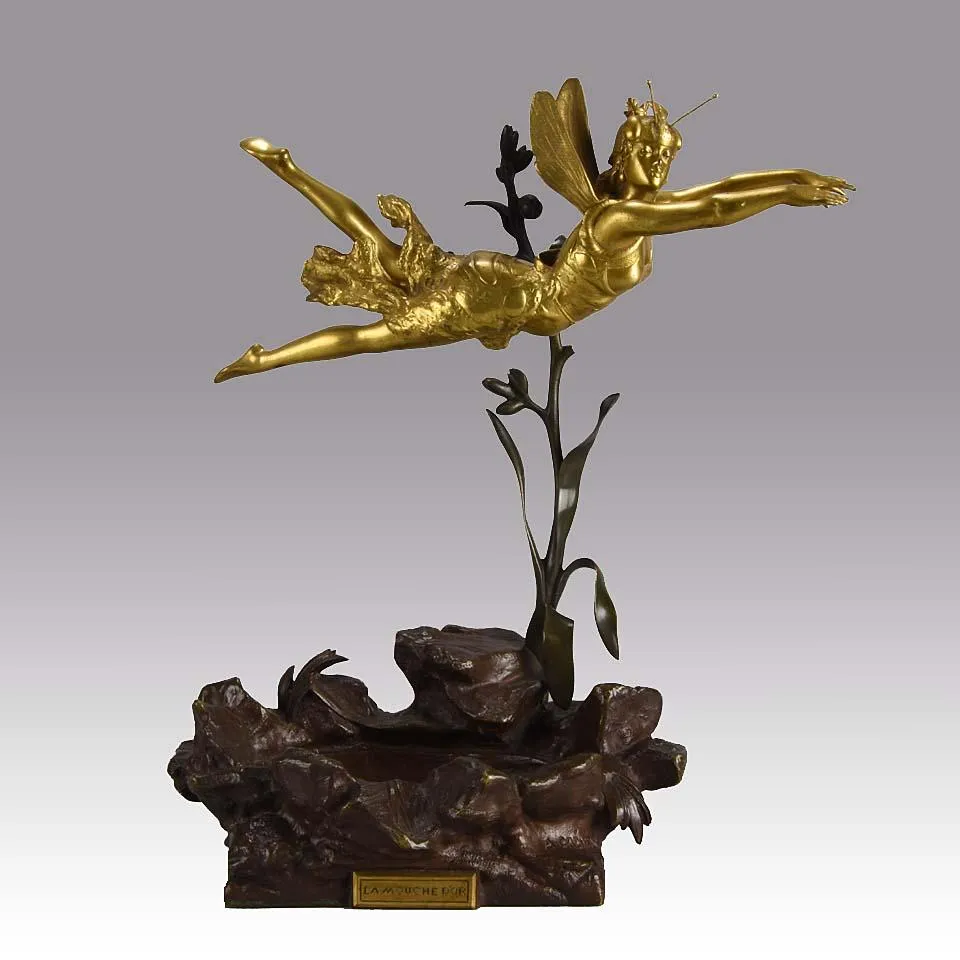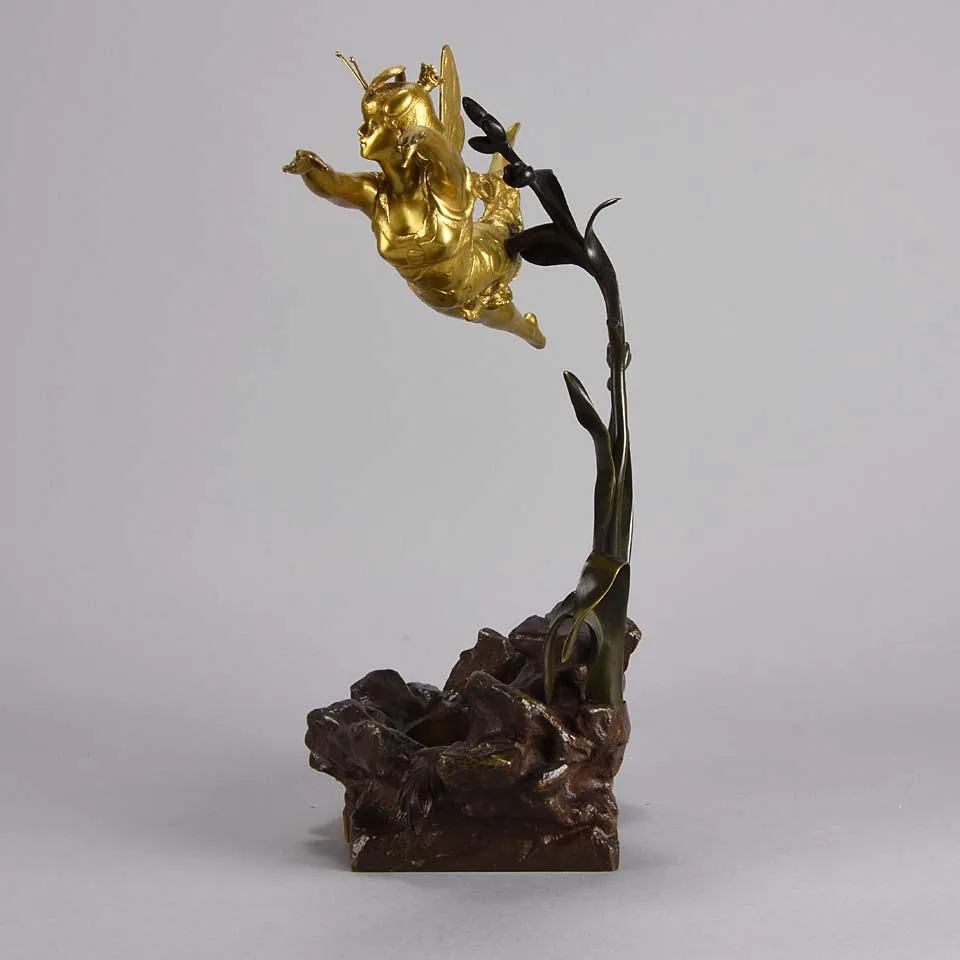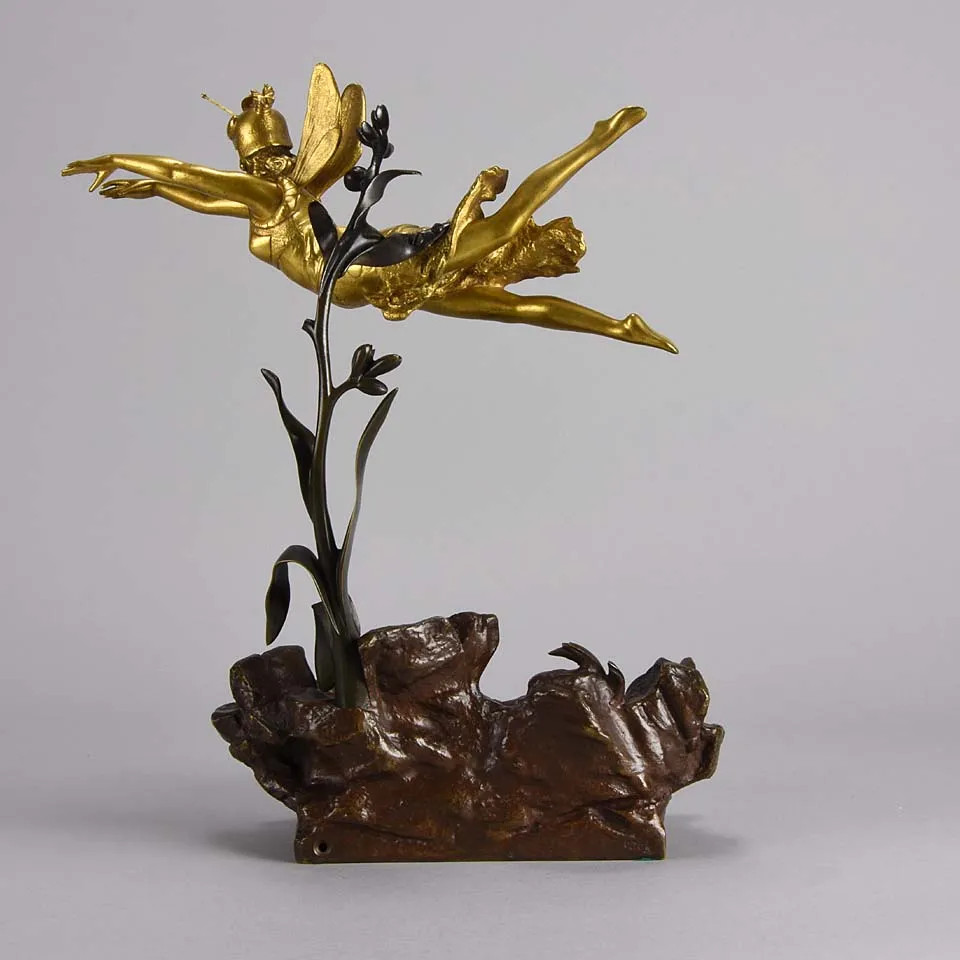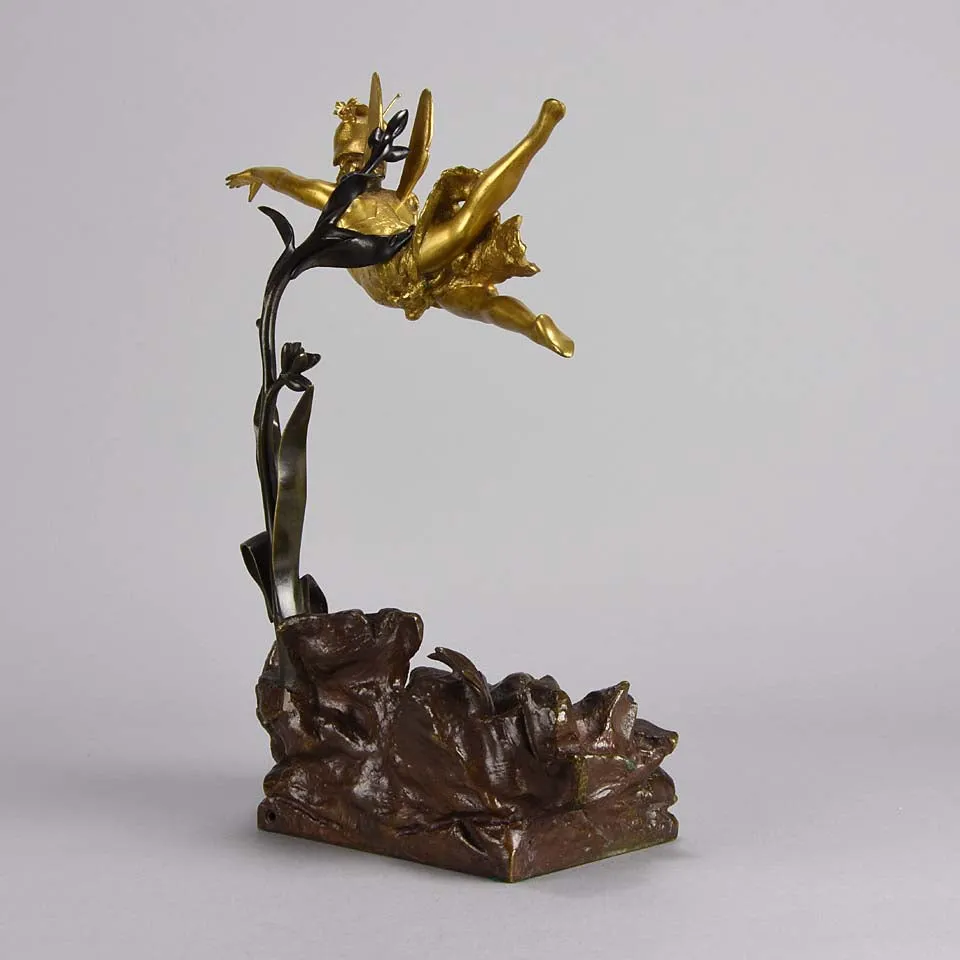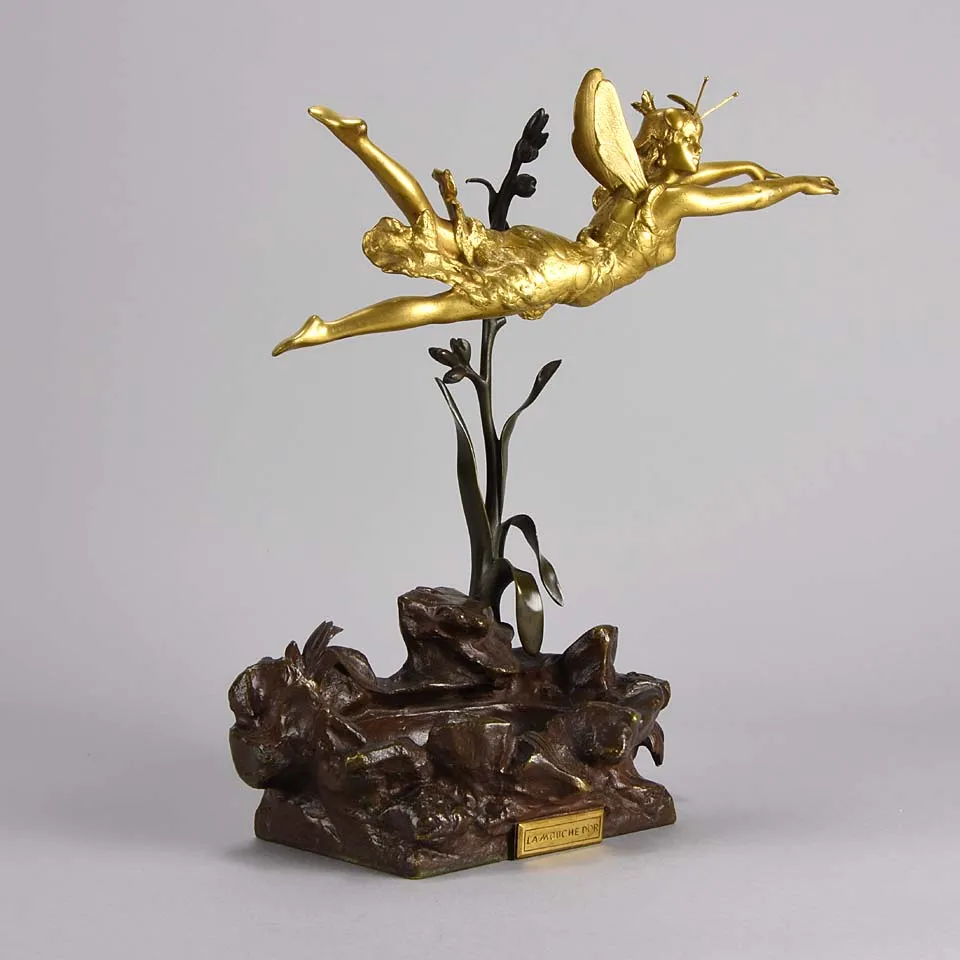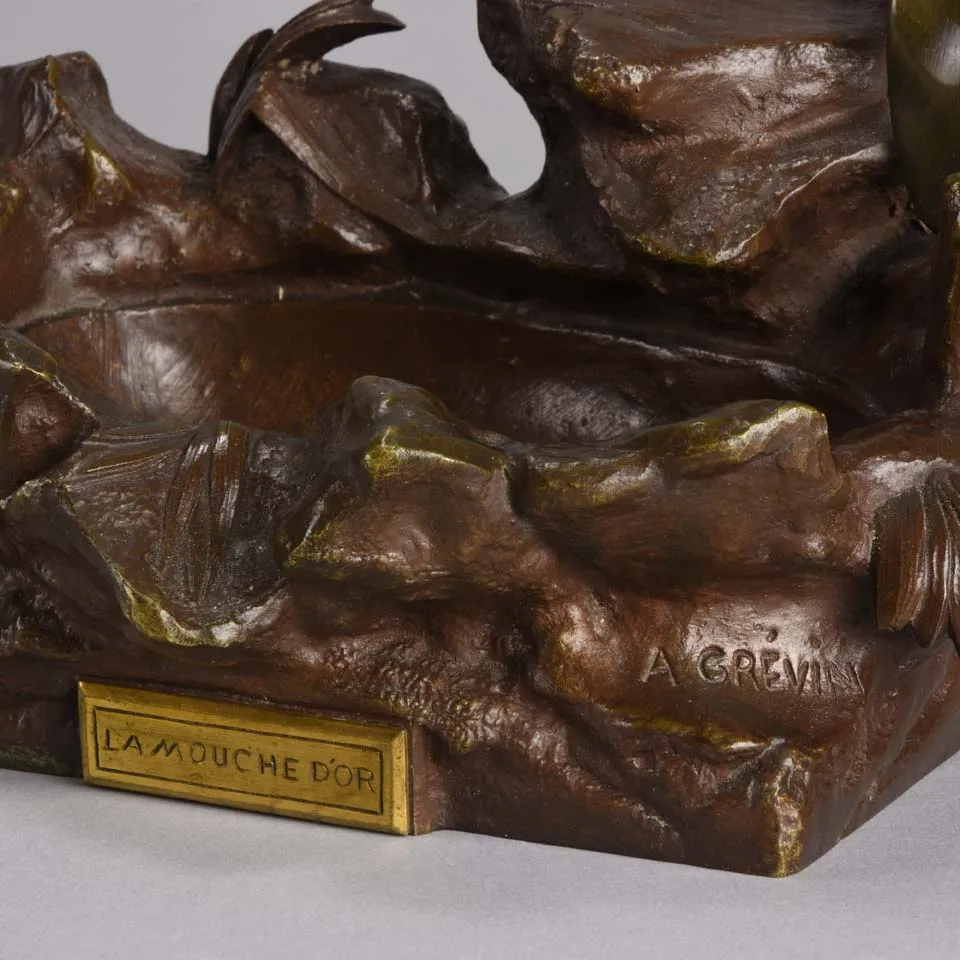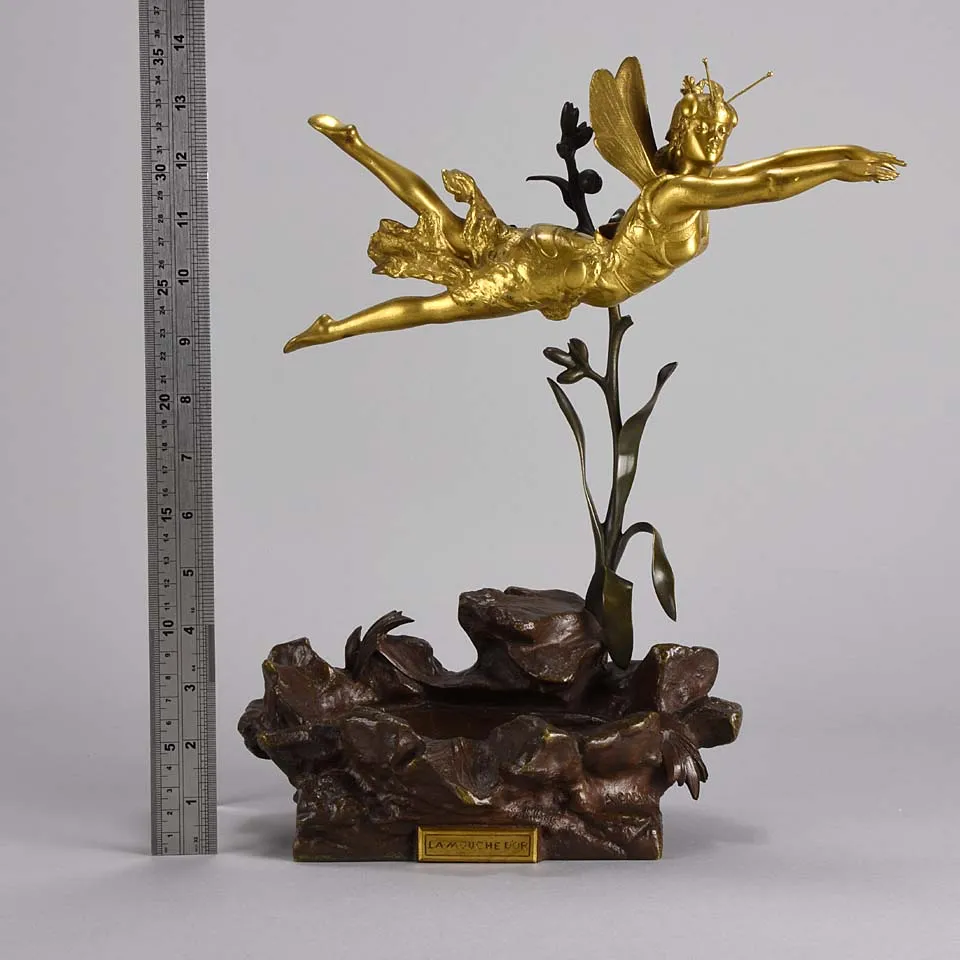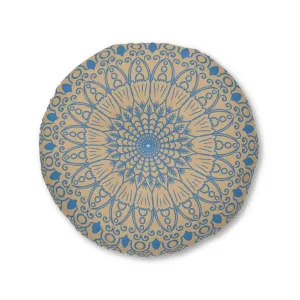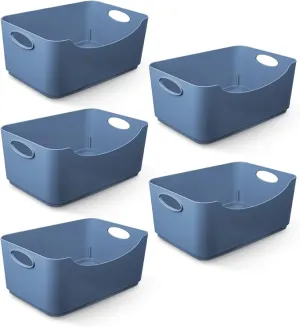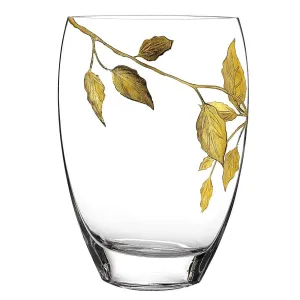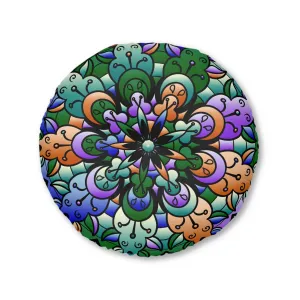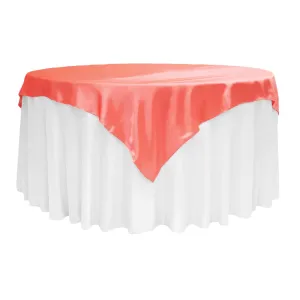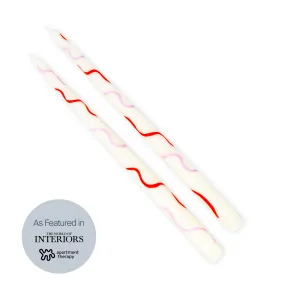A fabulous late 19th Century French bronze vide pouche of an elegant beauty in the form of a winged nymph ‘The Golden Fly’ hovering over a pool of water. The sculpture with excellent detail and very fine contrasting colour, signed A Grevin
Sorry, this item has been sold. If you would like information about similar items please contact us on or make an enquiry via .
ADDITIONAL INFORMATION
Height: 35 cm
Condition: Excellent Original Condition
Circa: 1890
Materials: Bronze
SKU: 7903
ABOUT
Alfred Grévin
Alfred Grévin (28 January 1827 – 5 May 1892) was a 19th-century caricaturist, best known during his lifetime for his caricature silhouettes of contemporary Parisian women. He was also a sculptor, cartoonist, and designed costumes and sets for popular theater.
He founded with journalist Arthur Meyer the , a waxwork museum.
Art Nouveau
The style of sculpture began as a French phenomenon, a demonstration of wealth looking for the latest ways to furnish homes. The Art Nouveau style was exploring themes such as nature, symbolism and the adoration of the female form. Art Nouveau sculptors broke away from the classical forms of sculpture that had been taught at the in Paris and started to create sensuous figures and busts of naked or semi-clad maidens entwined with flowers and dancing with lucid eroticism.
Art Nouveau was a movement that swept through the decorative arts and architecture in the late 19th and early 20th centuries. Generating enthusiasts throughout Europe and beyond, the movement issued in a wide variety of styles, and, consequently, it is known by various names, such as the Glasgow Style, or, in the German-speaking world, Jugendstil. Art Nouveau was aimed at modernizing design, seeking to escape the eclectic historical styles that had previously been popular. Artists drew inspiration from both organic and geometric forms, evolving elegant designs that united flowing, natural forms with more angular contours. The movement was committed to abolishing the traditional hierarchy of the arts, which viewed so-called liberal arts, such as painting and sculpture, as superior to craft-based decorative arts, and ultimately it had far more influence on the latter. The style went out of fashion after it gave way to in the 1920s, but it experienced a popular revival in the 1960s, and it is now seen as an important predecessor of Modernism.
The desire to abandon the historical styles of the 19th century was an important impetus behind Art Nouveau and one that establishes the movement’s modernism. Industrial production was, at that point, widespread, and yet the decorative arts were increasingly dominated by poorly made objects imitating earlier periods. The practitioners of Art Nouveau sought to revive good workmanship, raise the status of craft, and produce genuinely modern design.
To view our selection of Art Nouveau bronzes please click .




